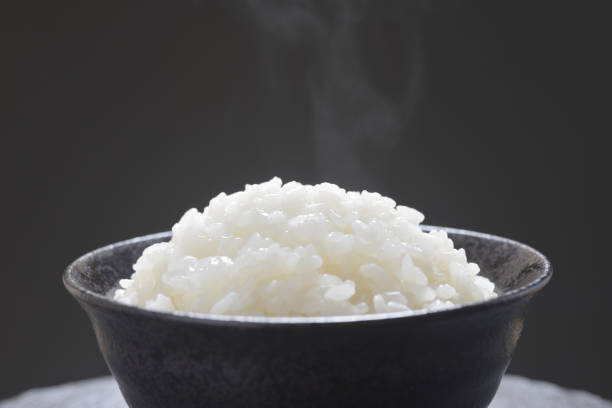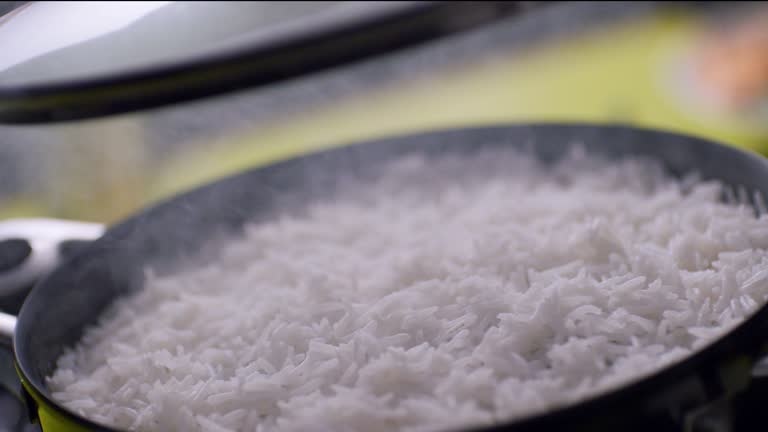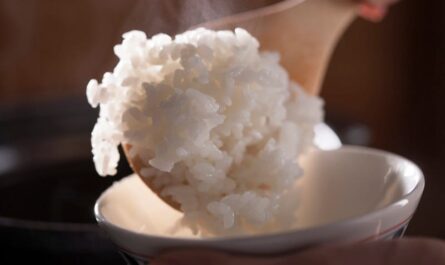Sushi is not just about artful presentation; its about achieving the perfect texture and flavor in every bite. For sushi enthusiasts, understanding how long to soak sushi rice is crucial to making authentic sushi that delights the palate. In fact, the journey begins with the simple yet essential step of soaking rice. Many wonder, how long to soak sushi rice? This is a vital part of the preparation process, largely impacting the overall texture and flavor profile of your sushi.

Understanding Sushi Rice
Before diving into the proper soaking duration, its vital to appreciate what makes sushi rice special. Sushi rice, often referred to as short-grain rice, is prized for its stickiness which allows it to hold its shape. For more information about short-grain riceRead more, visit this detailed guide. Understanding these characteristics can be the first step to mastering the art of sushi-making.
Why Soaking Matters?
Soaking sushi rice is not a step to be underestimated. The primary purpose of soaking is to allow the rice to absorb moisture until it reaches its core, thus ensuring even cooking. This step will ultimately dictate the texture, ensuring its neither mushy nor undercooked. A well-soaked rice grain allows for optimal starch release, contributing to the desired stickiness.
The Science Behind Soaking
At the microscopic level, soaking helps in opening the rice grains surface, enhancing its ability to absorb water. This also ensures a more controlled and predictable cooking process. Once water penetrates the grain, the cooking step becomes smoother, reducing the chance of breaking the rice.
How Long Should You Soak Sushi Rice?
The ideal time for soaking sushi rice ranges from 30 minutes to an hour. This duration strikes a balance, ensuring the grains are perfectly hydrated before cooking. However, this can vary based on ambient temperature and the specific rice brand you use. Experimentation might be necessary for achieving personal perfection.
Seasonal Considerations
In colder climates, soaking for up to an hour can ensure the rice has fully absorbed the water, while warmer climates can see reduced soaking times. Adjust according to your environmental conditions to ensure consistent results.
Common Mistakes in Soaking
Novice sushi makers often make the mistake of either over-soaking or under-soaking their rice. Over-soaking can result in overly sticky and gummy rice, while under-soaking risks leaving the center of the grains hard and uncooked.
Avoid These Pitfalls
A good tip is to test the rice after 30 minutes of soaking. Its translucence indicates adequate water absorption. Attention to the rices condition during the soaking phase prevents future texture issues.
Tips for Perfect Sushi Rice
Aside from soaking, there are other crucial steps to making the perfect sushi rice, such as rinsing, cooking, and seasoning. Each phase complements the soaking process and contributes to the final quality of the sushi rice.
Rinsing Your Rice
Before soaking, rinse the rice thoroughly to remove excess starch, which can cause undesired clumping during cooking. Aim for the water to run clear after several washes. Rinsing complements soaking by ensuring each grain absorbs water uniformly.
Cooking Techniques
After soaking, cook your sushi rice using a well-regulated heat source. Conventional methods include using a rice cooker or stovetop. Ensure you adhere to precise water-to-rice ratios; typically, a 1:1.2 ratio is ideal for sushi rice.
Seasoning Your Sushi Rice
Once cooked, transfer the rice to a non-metallic bowl, allowing it to cool slightly before adding sushi seasoning – a blend of rice vinegar, sugar, and salt. This enhances the rices flavor and contributes to its stickiness.
Making Sushi at Home
Post-soaking, you are well on your way to crafting delicious sushi rolls at home. Besides the traditional rolls, perfect Instagram shots can enhance your experience. Knowing how long to soak sushi rice before preparation is essential in achieving that premium sushi experience.
FAQ Section
How does soaking time affect rice texture?
Soaking allows the rice to steadily absorb moisture, potentially impacting texture if over or underdone. Ideal soaking ensures balance.
Can soaking overnight have adverse effects?
Yes, soaking overnight may result in overly soft and saturated grains, affecting cooking results.
What happens if you skip soaking?
Skipping soaking might lead to uneven cooking, resulting in crunchy centers and reduced stickiness.

Conclusion
Becoming familiar with how long to soak sushi rice is pivotal in creating the perfect sushi roll. By paying attention to these simple tips, youll master the technique and experience the joy of making exquisite sushi at home. Explore more resources and tips, such as learning how to maintain a professional sushi layout, to enhance your sushi-making journey.
This article contains affiliate links. We may earn a commission at no extra cost to you.


